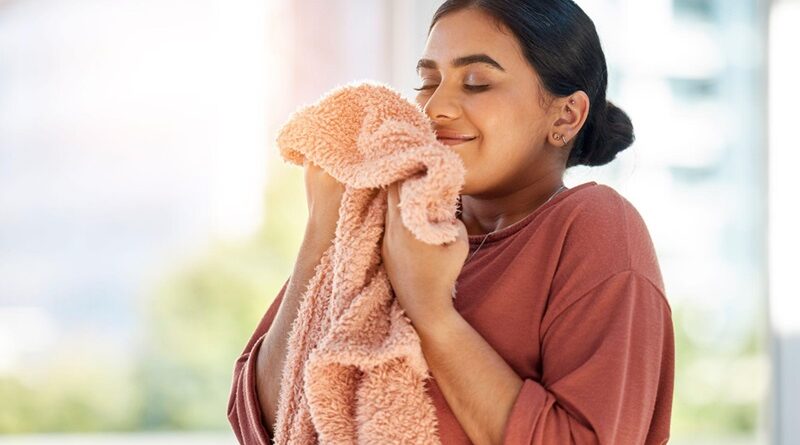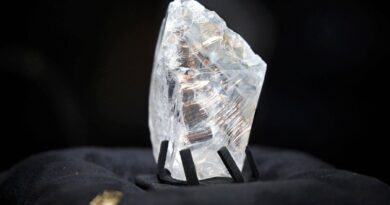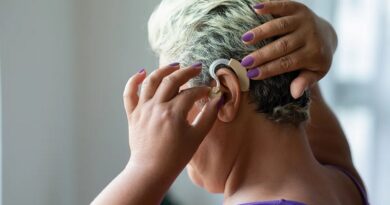From Stains to Fresh Linens: The Lavanderia Guide for Spotless Laundry
Clean laundry isn’t just about maintaining the appearance of our clothes and linens; it’s important for hygiene, comfort, and even self-esteem.
Well-maintained garments can project professionalism and pride in one’s appearance, while fresh linens contribute to a healthy, soothing home environment.
In this guide, you’ll journey through the essentials of stain removal and laundry care. From identifying various stains and understanding their origins to mastering pre-treatment techniques and selecting the right detergents, we’ll give you the knowledge to tackle any laundry challenge.
Understanding Laundry Stains
Stains on our laundry come from a diverse array of sources, each with its own set of removal challenges. Broadly, stains can be classified into organic, inorganic, and synthetic categories.
Organic stains originate from natural sources such as body oils, food, and grass and often contain proteins or carbohydrates.
Inorganic stains, including rust and ink, derive from minerals and other non-living materials. Synthetic stains are man-made, like paint and plastic-based products, which can be particularly stubborn to remove.
The Science of Stain Removal
The key to effective stain treatment lies in understanding the chemical properties of the stain and the fabric.
Different stains adhere to fabric fibers in unique ways, and thus, require specific removal methods.
For instance, acidic treatments might break down organic stains, while alkaline solutions could be more effective on inorganic ones. Knowledge of fabric sensitivity is equally important to prevent damage during the cleaning process.
Pre-Treatment Protocols
Before reaching for commercial solutions, consider using natural ingredients found in your kitchen for pre-treating stains.
Baking soda & white vinegar can do pretty well on a variety of spots, breaking down the stain’s structure and lifting it from the fabric.
Lemon juice serves as a natural bleach for lighter fabrics, ideal for sun-bleaching. For oily stains, cornstarch or talcum powder can absorb the grease, making the stain more manageable during washing.
Commercial Pre-Treatment Solutions
When natural methods aren’t enough, commercial pre-treatment solutions provide a powerful alternative.
These specially created products are designed to tackle a wide range of stains, from the tannins in wine to the proteins in the blood.
Choosing the Right Detergent
The choice of detergent can greatly impact the cleanliness and longevity of your clothes and linens. Detergents come in various forms: liquid, powder, and single-use pods, each with specific advantages.
Liquid detergents are particularly effective on greasy and oily stains and can double as a pre-treatment.
Powder detergents are ideal for general loads, often more economical, and preferred for white laundry as they may contain bleaching technology.
Pods offer convenience and pre-measured doses, reducing waste and ensuring efficiency, perfect for busy individuals and standard wash loads.
Deciphering Laundry Symbols
Understanding laundry symbols on your clothing tags is crucial to choosing the right detergent and washing settings.
These symbols provide instructions on washing temperature, the recommended washing cycle (normal, gentle, or hand wash), and whether the item should be bleached, dry cleaned, or tumble dried.
Familiarizing yourself with these symbols can prevent damaging your garments, making sure they remain in excellent condition.
The Washing Process
Effective laundering starts with proper sorting. Separating clothes by color (whites, lights, darks) is just the beginning.
Consider fabric type and washing instructions as well. Wash heavy items like towels separately from lighter fabrics to avoid damage and guarantee thorough cleaning.
Sorting not only prevents color bleeding but also protects delicate fabrics from wear.
Water Temperature and Your Laundry
The right water temperature is pivotal for optimal cleaning without damaging fabrics. Hot water excels in sanitizing and effectively cleans heavily soiled garments but can shrink or fade certain fabrics.
Warm water is a middle ground suitable for moderately soiled loads. Cold water is best for delicate fabrics and dark or bright colors that might bleed, also making it the most energy-efficient option.
Washing Machine Settings Explained
Modern washing machines offer a variety of settings tailored to different fabrics and soil levels. “Normal” is a universal setting for cotton or linen, while “Permanent Press” is designed for synthetic fibers, reducing wrinkles.
The “Delicate” setting uses gentle agitation and slow spin, ideal for lingerie and fine fabrics. Understanding these options provides your laundry is not only clean but also cared for properly.
Treating Specific Types of Stains
Organic Stains (Food, Blood, Grass)
For organic stains, pre-treat with a liquid detergent or a stain remover, then wash in the hottest water the fabric can handle. Enzyme-based detergents are especially effective as they break down protein-based stains.
Inorganic Stains (Ink, Grease, Wine)
Inorganic stains often need a solvent-based remover or rubbing alcohol for pre-treatment. Ink may require alcohol, while grease responds well to dish soap applied directly to the stain. Wine stains can be lifted with hydrogen peroxide mixed with dish soap for light fabrics, while salt can absorb fresh spills.
Tricks for Stubborn Stain Removal
Sometimes, even the best efforts require a second treatment. Putting a combination of baking soda and water can help lift stubborn stains if left to sit before washing. For persistent organic stains, soaking in oxygen bleach (color-safe) may be necessary, while stubborn inorganic stains might benefit from specialized stain removers or professional treatment.
Drying and Finishing Techniques
Air-Drying vs. Machine Drying
Air-drying is the gentlest method, preserving the fabric’s integrity and color, ideal for delicate and durable items alike.
However, it takes longer and may leave some fabrics feeling stiff. Machine drying is faster and can soften fabrics, but high heat can damage certain materials and cause shrinkage. Use the dryer’s moisture sensor if available to minimize heat exposure.
Ironing and Steaming for a Crisp Finish
Ironing is suited for most cotton and linen items, offering a crisp finish. Use starch sparingly for extra stiffness on shirt collars and cuffs if desired. Steaming is a gentler method, ideal for delicate fabrics and items that cannot withstand the direct heat of an iron, removing wrinkles without risking damage.
Laundry Maintenance Tips
Keeping Your Washing Machine Clean
Keeping your washing machine clean goes a long way in ensuring cleanliness and longevity of your laundry. Regularly running an empty hot cycle with a washing machine cleaner or white vinegar and baking soda keeps the machine free from soap scum, limescale, and odors.
Wipe down the door seal and leave the door open after each wash to make the drum to dry, preventing mildew and unpleasant smells.
Habits for Long-Lasting Linens
Caring for your linens extends beyond laundry routines; it pertains to daily habits as well. Rotate your linens frequently to distribute wear.
Spot-clean immediately after spills, avoiding scrubbing to prevent undue stress on fabric fibers. Store linens in a cool, dry place, avoiding plastic containers that trap moisture, leading to yellowing and mildew.
Advanced Laundry Techniques
Dealing with Delicates and Handwashables
Delicate materials like silk, lace, and cashmere often require hand washing or specialized care. Use a gentle detergent and cool water for handwashing, swishing the garment instead of wringing it.
Roll in a towel to soak excess water before laying flat to dry. For machine washing, use a mesh bag to protect from harsh agitation and always select a delicate cycle.
Eco-Friendly Laundry Practices
We can make laundry routines more environmentally friendly. Use concentrated or plant-based detergents with fewer chemicals. Maximize laundry loads without over-stuffing to save water and energy. Always opt for cold water when possible to save energy, and consider line-drying or a drying rack to cut down on dryer use.
Problem-Solving Common Laundry Issues
Even seasoned laundry doers face mishaps; knowing how to resolve them is key. Shrunk a favorite sweater? Soak it in lukewarm water and hair conditioner, then gently stretch it back to size.
Stains not lifting? A second treatment or professional cleaning might be needed. Mixed colors and whitened your whites? Use a color catcher or color remover and wash again.
Preventative Measures for Future Stains
Prevention is crucial for stain management. Treat spills promptly, keep a stain remover handy, and always check for stains before tossing clothes in the wash. Protect clothes during meals or messy activities with aprons or bibs. Regularly clean collars and cuffs, which are prone to grease and sweat stains.
Final Thoughts on Achieving Spotless Laundry Results
By understanding the science of stain removal and applying the right techniques, spotless laundry is a breeze.
Incorporating eco-friendly practices brings sustainability to your laundry routine, akin to the principles adopted by Lavanderia in Houston, TX, where attention to detail and consumer education are paramount.
A deep understanding of laundry does more than yield cleaner clothes – it empowers you to uphold personal hygiene, project a polished image, and maintain a comforting home environment.
Having the knowledge and tools to tackle stains and handle fabrics correctly, immaculate and well-cared-for clothes and linens are well within your reach.
Here’s to achieving spotless laundry results, load after load!



